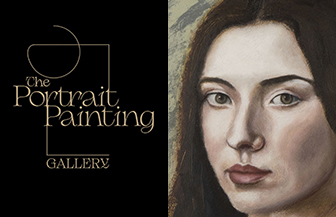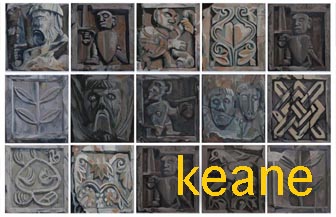This morning another sign that the spring is gradually arriving in the city was the unmistakable sight and sound of an African bird migrant – the Hoopoe.
The majestic and beautiful hoopoe bird is one of the most impressive avian species, with its unique colouring and characteristic fan-like crest. But there’s much more to this interesting creature than meets the eye.
Combined with its incredible visual beauty, the hoopoe bird has a long history as a symbol of spiritual significance throughout various cultures.
Native Americans traditionally believed that the hoopoe bird symbolizes life after death. In many tales, it is seen as a guide out of difficult or dangerous situations and towards higher knowledge. Therefore, the animal has been associated with spiritual travel and transformation, helping those on their journey to discover new worlds and achieve their true potential.
Additionally, the hoopoe’s distinctive song has become an emblem of human rebirth and renewal across nations, communities, and generations. Symbolizing hope and resilience in turbulent times, tribes have cherished this bird all over North America for centuries.
The hoopoe bird holds a unique place in eastern symbolism as a revered and respected creature. In Persian mythology, the hoopoe is renowned for its wisdom and has graced many ancient manuscripts with its presence. It is even mentioned by name throughout the Quran, representing beauty, wariness, and the power of transformation.
The hoopoe bird has long been a symbol of Christianity due to its inclusion in the bible.
Represented in paintings, carvings, and statues, the Hoopoe is of great significance among Celtic cultures, who revere this unique spirit animal for its symbolic representation of guardianship and royalty.
The ancient Egyptians and Greeks associated the hoopoe bird with royalty and spirituality. They saw it as a symbol of divine guidance and protection.
 |
 |
 |
 |
L’Upupa (Upupa epops, Linnaeus 1758), purtroppo non più comune come una volta, ma dai connotati inconfondibili, grazie soprattutto alla sua evidente cresta, è meglio conosciuta come galletto marzolo, galletto marzaiolo o galletto di marzo (a seconda dei dialetti delle varie zone d’Italia).
L’Upupa appartiene all’ordine dei bucerotiformi, sebbene tradizionalmente fosse considerata in quello dei coraciformi.
Esteticamente si tratta di un uccello dall’aspetto inconfondibile: corpo di un bel colore arancione, che si schiarisce nelle zone inferiori; ali e coda sono nere, con alcune bande chiare molto evidenti; le zampe, corte, sono bianco grigiastre o bianco brunastro; Il becco è molto lungo, sottile e affilato, leggermente ricurvo verso il basso; la sua caratteristica cresta è unica tra gli uccelli presenti alle nostre latitudini, e per finire il suo volo sfarfallante è veramente aggraziato.
Ha un peso variabile tra i 55-80 g, una lunghezza tra i 26-28 cm e un’apertura alare di 42-46 cm.



